My Instagram influencer life looked glamorous— but I was alone
When she was growing up on a cotton farm in South Texas, Jacey Duprie, 39, never imagined she would one day be sitting in the front row of international runway shows, lounging in complimentary suites at five-star Paris hotels, and being courted by the best fashion designers, all of whom wanted her to wear their clothing.
On the surface, she was a popular fashion influencer with over 700,000 followers . . . but off camera, she had pushed away her husband and was alone on the couch, reading self-help books in sweatpants. She was days away from divorce, unsure of who to trust in her inner circle, and wondering whether the fortune, fame, and free clothes were worth it.
“It was around the Fourth of July. My husband, Grant, had moved out. And I realized I would end up alone with millions of followers, but no one to cuddle with,” Duprie tells The Post of what her situation looked like five years ago. Today, she and Grant are in a much better place, living in Los Angeles with a 3-year-old daughter, June. Her new book, “Liking Myself Back: An Influencer’s Journey from Self-Doubt to Self-Acceptance”, recounts this and other tales from a life that looked perfect on Instagram, but had plenty of cracks beneath the surface.

Duprie never set out to become an influencer. After graduating from DePaul University in Chicago with a degree in communications, she worked in television production at “The Oprah Winfrey Show” and at E!, where coworkers always complimented her sense of fashion, including her ability to pair fast fashion finds with designer labels. Her friends urged her to start a blog while she was in her late twenties, which later morphed into Damsel In Dior. “I never dreamed it would become a full-time business,” Duprie recalls. “I just found something I was really excited about, really passionate about, and wanted to geek out over.” The demands of the blog worked well with her ability to hyper-focus on her passions, which she later learned were part of a constellation of symptoms related to an ADD diagnosis. “I would go to my laptop before I would brush my teeth. I would be in bed with my laptop. I was just so obsessed.”
But as the blog expanded into an Instagram account and six-figure promotional deals with brands like Amazon, Cotton Inc, eBay and Old Navy, cracks began to emerge in the picture-perfect life Duprie was creating. There was the $60,000 tax bill. And, because Duprie was still considered up-and-coming at the time, she found it challenging to bring in free merchandise from brands. It had become a vicious cycle: She had to spend money on clothing and accessories to make money, through people buying from affiliate links posted on her blog. At that point, Duprie discovered the art of the “pull”: Go into a clothing store, borrow what she wanted, pay a 10% restocking fee, and return the rest of the items. In this way, a $2,000 haul was whittled down to $200.
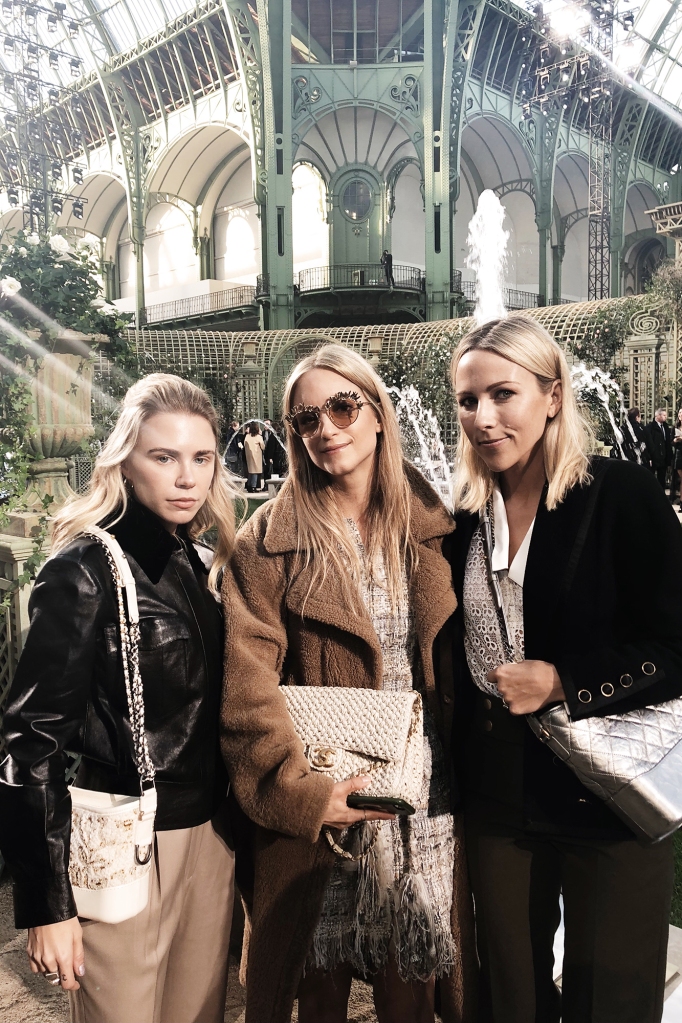
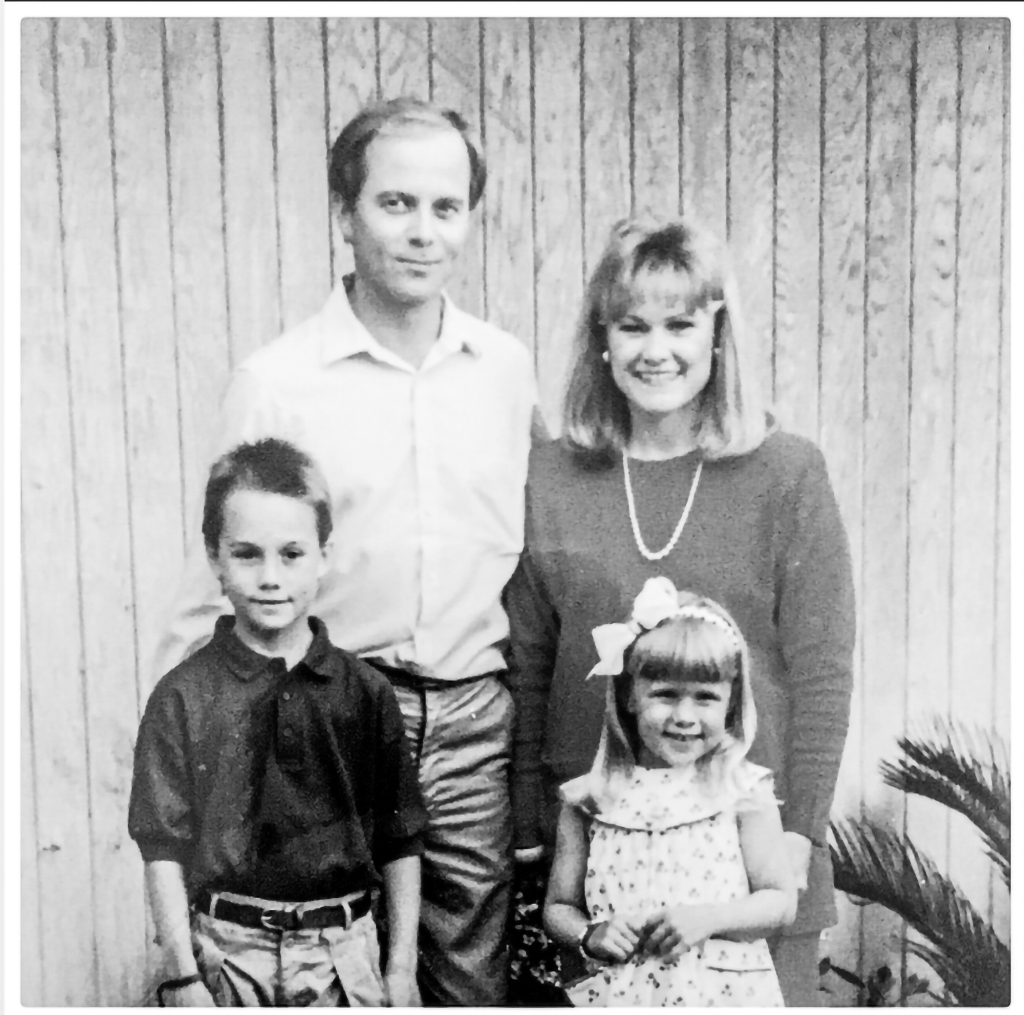
These tricks of the trade were augmented by cementing relationships with fashion publicists. Duprie would meet with fashion publicists and be invited to select clothing. While it looked glamorous, Duprie says that it was hard work. A meeting with a publicist would be followed by a handwritten note (with personal details sprinkled in; Duprie kept a notebook full of observations about each publicist’s family, likes, dislikes and hobbies). She also returned clothes laundered and dry-cleaned as soon as she was through with them, along with a thoughtfully chosen gift.
She often worked through the night, analyzing analytics, attending blogging conferences, and sharpening her photo-editing skills. She would also negotiate contracts herself. Being the editor, star, producer, tech support and administrative assistant of her nearly seven-figure empire wasn’t easy, but she felt like she couldn’t admit that when her life looked picture-perfect. “I probably sound so jaded when I say this, but you take a first-class trip to Italy once, twice, three times, four times. It’s still amazing. It still gives you that feeling, but then you also quickly realize that you’re on that flight alone,” says Duprie.
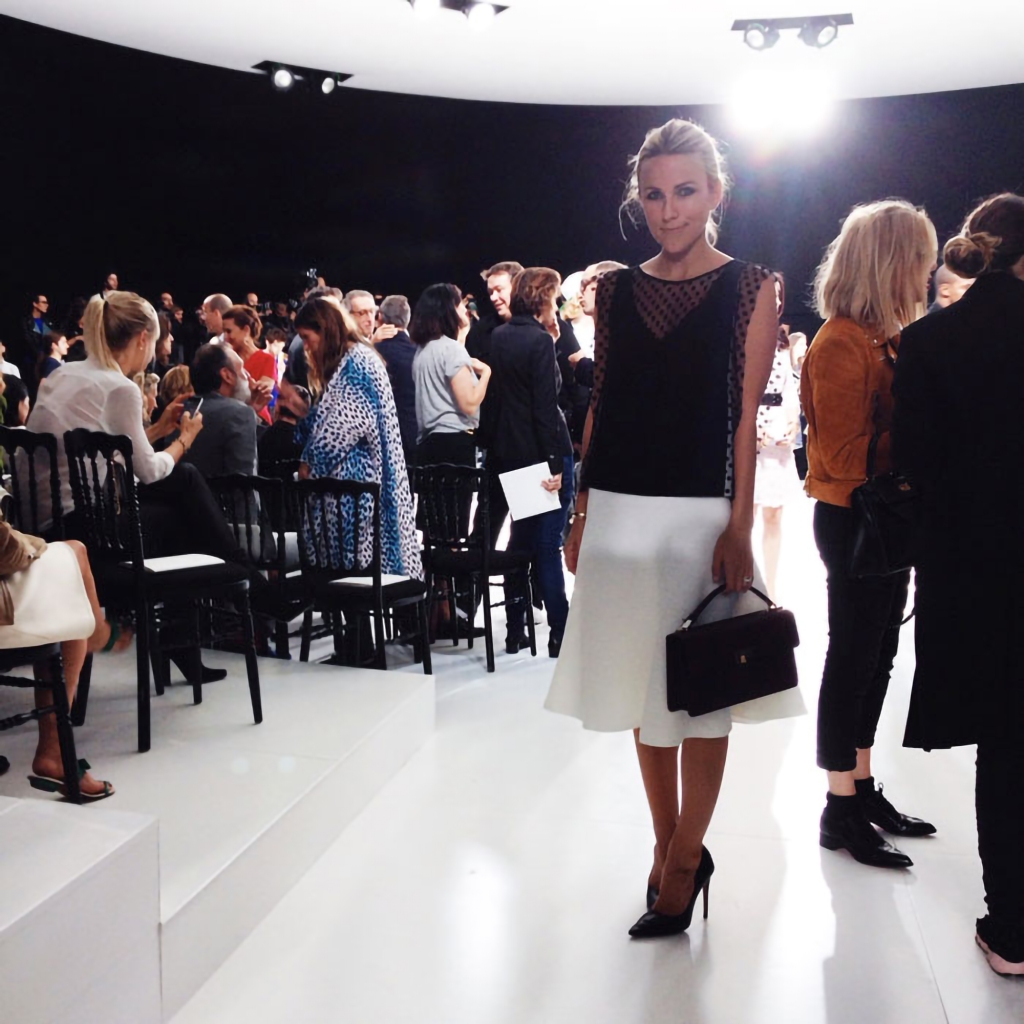
Plus, all the work was hiding inner pain: Her father, who was her biggest champion, was also an alcoholic who had been in and out of sobriety. During Duprie’s childhood, the family flirted with bankruptcy and Duprie often had to help her dad, sometimes driving him home from the bar when she was still a young teen. Her father had been drunk at her graduation, and had flashes of anger that had frightened her, including once setting fire to their lawn mower.
‘Let’s go grab lunch. Tell me all about how much you hate me.’
Jacey Duprie, on flipping the script vs. the trolls in her DMs
Deep down, Duprie knew that her turbulent childhood was creating ripples in the life she was making with Grant. As her brand grew, she became so hyper-focused that her husband was an afterthought. But instead of digging into her pain, Duprie turned on the filters. “The way that my mind works is when things start to slip with my mental health or in my personal life, I start to really hold on tightly to something that I feel like I can control,” she says. “For me, it was the content that I was creating.”

Meanwhile, her Damsel in Dior blog had never been more successful. And the more success she had, the more onlookers were waiting for her to fall. Damsel in Dior kept popping up on various online forums devoted to picking apart influencers.
“It’s easy to poke fun at these girls that are trotting around the globe, complaining about being on a beach,” says Duprie. “You’re like, ‘Really? OK. We feel real sorry for you.’ I totally get it. Gosh, that thought runs through my head about myself when I’m doing it.” But when you’re not equipped and don’t have the tools to really process that and go up against that, it takes some time to get used to and to grow that thick skin,” says Duprie, who says she doesn’t read the forums anymore. “Honestly, a lot of the trolls will come right into your comments or your DMs, which is wonderful. I would much prefer that. I’m like, “Let’s go grab lunch. Tell me all about how much you hate me.”
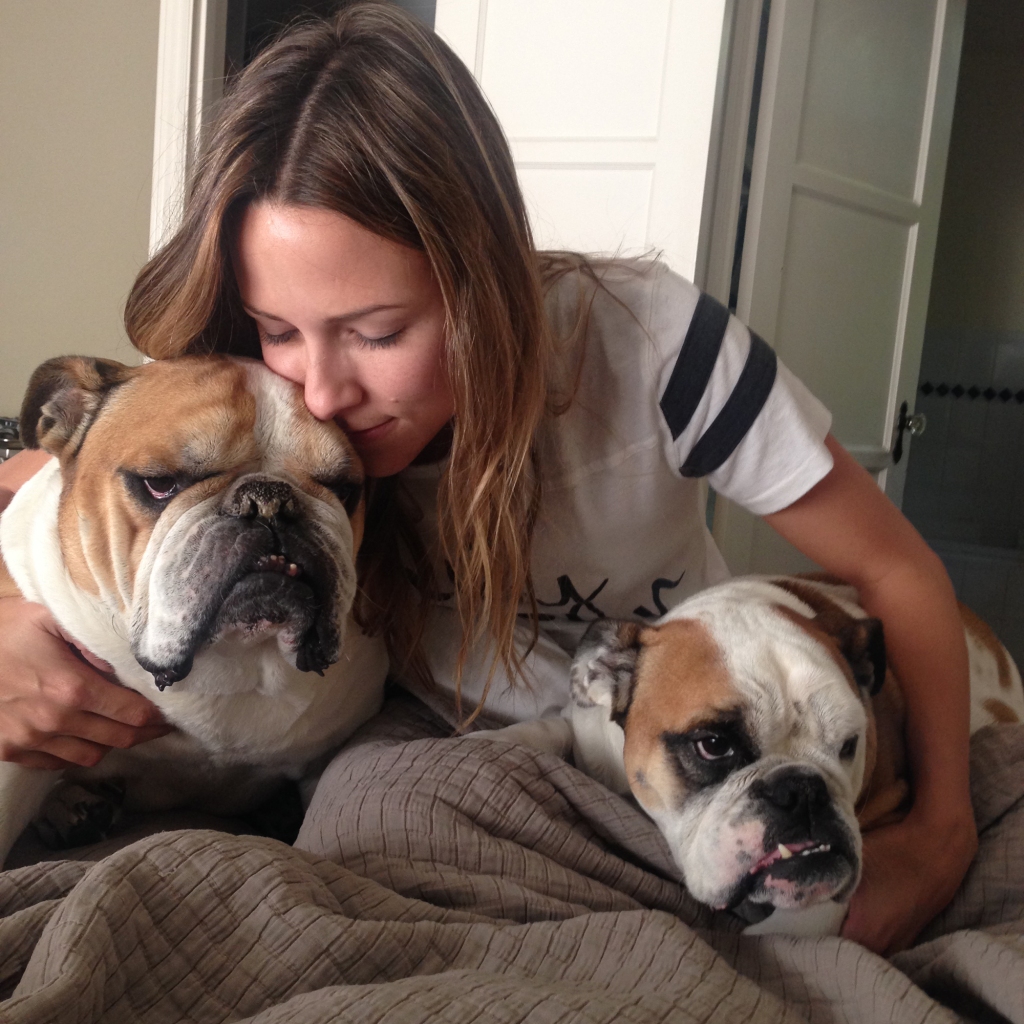
But sometimes the haters weren’t just strangers. One year, Ashley, one of Duprie’s friends and bridesmaids was attending New York Fashion Week, trying to ramp up her own blog after years of working as a fashion segment producer for a television network. Duprie, who was also at Fashion Week, kept dodging her calls — until Ashley mentioned that she had bought a leopard print dress from Australian designer Zimmermann to wear at designer’s show. The dress was the same one Duprie had been sent by the designers; she had planned to wear it to the show herself.
While Ashley was excited about the prospect of twinning, Duprie switched her clothing plans and iced her out when they bumped into each other at the show, annoyed at what she felt was an attempt by Ashley to ride her coattails to success.
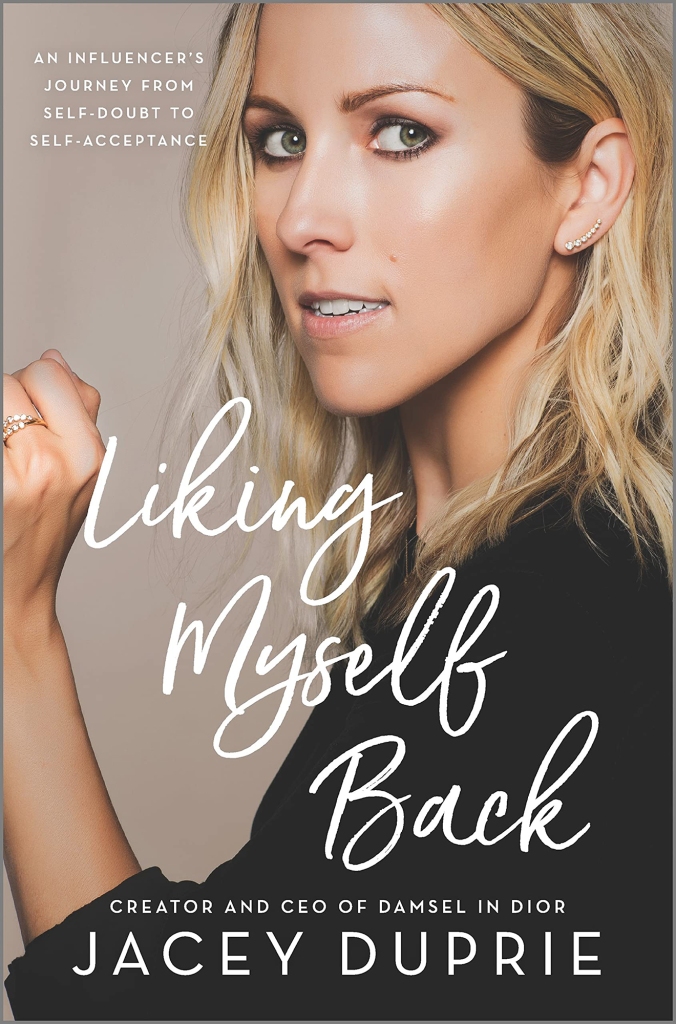
Later, Duprie realized that was a mistake — and the incident was a turning point. She had also found herself yelling at her assistant; on edge during professional meetings, and barely speaking with her husband, unless it was snide asides. “I think it just boiled up to this point where it was all about the blog, all about me, and my Instagram. It was just so selfish, so, so, so selfish. And these moments add up. And if you keep adding them up, you will hit a rock bottom.”
Rock bottom meant wrestling with a question: Who was Jacey Duprie if she wasn’t Damsel in Dior? The weekend her husband moved out, Duprie committed to healing herself: She declined trips in favor of spending time in her garden, began going to therapy and working through some painful childhood memories. She also began going to couples therapy with Grant. Little by little, she began feeling more anchored to herself.
Today, Dupree tries to keep her life more real — and more offline. Instead of posting in the moment, she’ll often take a day or two to decompress before she shares. “It’s just really about quality over quantity,” says Duprie. “And slowing our lives down a bit.”
Read the full article Here


